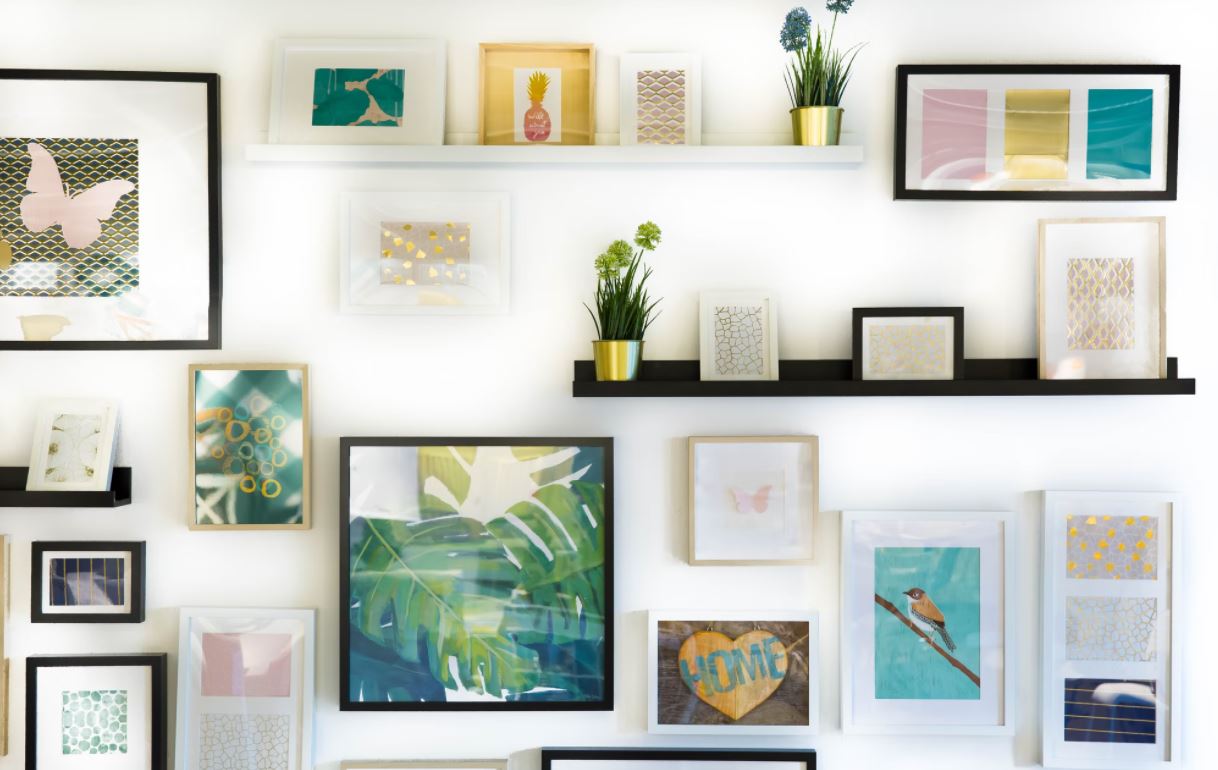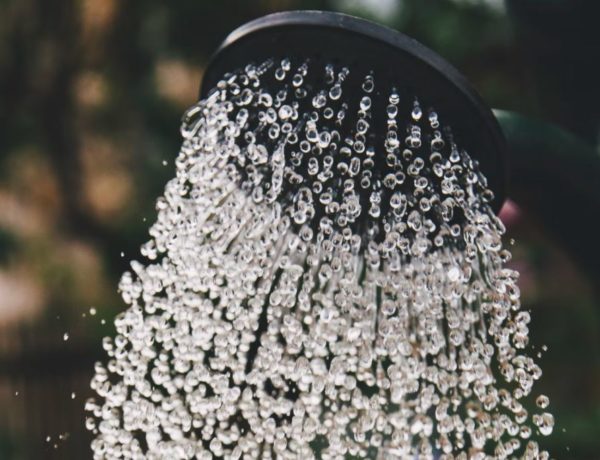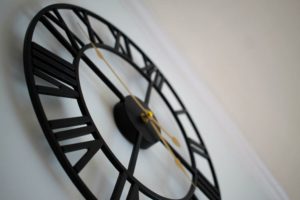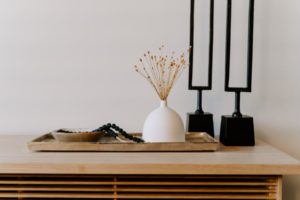
Credit: Unsplash
What does your color scheme say about you?
The psychology of colors is based on the mental and emotional impacts colors have on people in all aspects of life.
We don’t spend that much time thinking about the colors around us. Yet, different colors create different moods, and since they do influence us, we should know the underlying psychology behind them. Color choices can tell a lot about a person, but it can also be helpful to understand if you need to rethink the color scheme at your home.
So here is the breakdown of the most common colors we use in interior design and their meanings!
“Colors, like features, follow the changes of the emotions.” – Pablo Picasso
White is the most common color in interior design, from walls to contemporary furniture. It’s a bit boring but pleasant, and it helps smaller spaces look larger. It represents innocence and purity, but it can also be seen as a cold and unfriendly color. Add warm shades of brighter colors in the form of accent pieces and wall decors to your white room.
According to Feng Shui, red is the most dangerous color to play with at your home. Too much red brings out aggressiveness and rage since this color is associated with fire. You don’t want your home to be overly stimulating, so if you like red, try to limit the presence of that color or block it with purple or blue.
Blue is an excellent color for bedrooms, but since it can create a spa-like feeling, it can be used in bathrooms as well. Blue is the color of tranquility and peace, and it is best to mix it with white. Too much blue brings out melancholy, hence the term “feeling blue.”
As the color of nature, green symbolizes hope, good luck, and abundance. It is excellent for offices, but it is also the right choice for bedrooms and living rooms. The only place where you should avoid using green is the kitchen because it kills your appetite, at least according to Feng Shui. It’s also a color of money, so on the other side of the coin is greed as a side effect of having too much cool green shades.
Purple in dark hues is dramatic and calming in lavender tones. Dark purple can make any room look elegant, expensive, and luxurious, so it is good to have it at a certain amount in areas that are most likely to be seen. Purple velvet looks rich and powerful, while the lavender kitchen is an ideal place for preparing meals.
Yellow is the color of sunlight and happiness, which is a definite choice for kitchens, dining rooms, and bathrooms. You don’t want to sleep in a yellow room because recent studies have shown that a large quantity of yellow can create feelings of frustration and irritability.
Every room needs a touch of black, but it is best used in small doses and as an accent. Black is a heavy color yet very sophisticated. Black is essentially an absence of light, which makes it dangerous but unavoidable.









